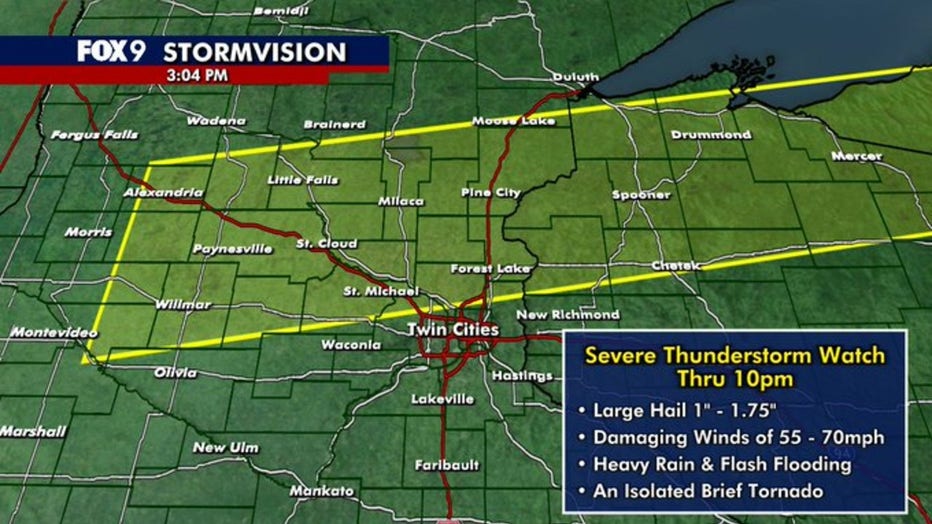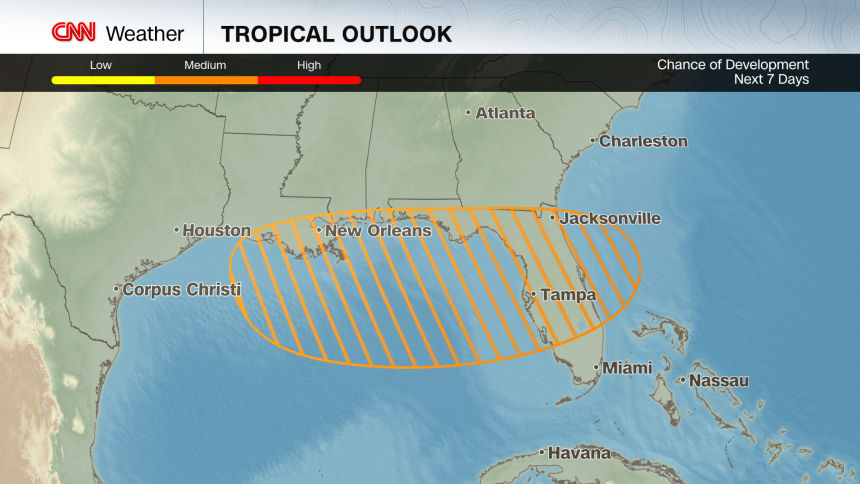Two black holes have collided in a merger that could revolutionize our understanding of black hole growth.
Named GW 231123 after the date it was recorded on 23 November 2023, it’s the most massive black hole collision we’ve seen yet, resulting in an object heavier than 225 Suns.
Previously, the most massive black hole collision produced an object 142 times the mass of the Sun.
What makes this so incredible is that each of the black holes involved in the collision is heavier than the upper mass limit for black holes formed from a single stellar core – suggesting both may have been involved in previous collisions.
Related: Astronomers Detect a ‘Tsunami’ of Gravitational Waves. Here’s Where They’re Coming From

frameborder=”0″ allow=”accelerometer; autoplay; clipboard-write; encrypted-media; gyroscope; picture-in-picture; web-share” referrerpolicy=”strict-origin-when-cross-origin” allowfullscreen>
“This is the most massive black hole binary we’ve observed through gravitational wavesand it presents a real challenge to our understanding of black hole formation,” says astronomer and physicist Mark Hannam of Cardiff University in the UK.
“Black holes this massive are forbidden through standard stellar evolution models. One possibility is that the two black holes in this binary formed through earlier mergers of smaller black holes.”
Gravitational wave astronomy kicked off in 2015, when the LIGO interferometer detected the faint signal from the gravitational ripples sent propagating through space-time as two extreme objects merged and became one. Since then, LIGO has been joined by the Virgo and KAGRA facilities, collecting some 300 or so signals from black hole pairs colliding across the Universe.
Astronomers can analyze and tease apart the signals, using the ripples to ascertain the properties of the black holes that made them.
Here’s where it gets really cool: small black holes are really hard to find in space, since they emit no detectable light. By collecting data on mergers, astronomers are collecting data on the reality of black holes.
Much of the research around these hyperdense objects has been, by necessity, theoretical. We know that the smaller ones (as opposed to supermassive black holes millions of Suns in mass) are the remains of massive stars that go supernova, their cores collapsing under gravity to form objects so dense, light can’t escape their gravitational hold.

frameborder=”0″ allow=”accelerometer; autoplay; clipboard-write; encrypted-media; gyroscope; picture-in-picture; web-share” referrerpolicy=”strict-origin-when-cross-origin” allowfullscreen>
Related: The Birth of a Black Hole Created The Brightest Space Explosion Ever Seen
There is, however, an upper limit to the size of black hole this formation mechanism can produce – because above a certain weight, stars explode in what is called a pair-instability supernova that completely obliterates the core. We don’t know for sure what that limit is, but it could be as low as 40 or so solar masses, and as high as 60.
We’ve already uncovered evidence of black holes that exceed this weight limit. That 142 solar mass merger involved black holes 66 and 85 times the mass of the Sun. But GW 231123 ups the ante rather spectacularly.
In addition, both of the black holes involved in the event were spinning very fast, very close to the theoretical limitthe researchers say. This complicated the signal quite a bit – but it could also be a clue about the history of the black holes. When two black holes combine, the resulting single object should have a faster spin rate, a property scientists have proposed as a tool for determining whether a black hole is the product of a previous merger.
It’s going to take further analysis to unravel all the complexities of GW 231123, but the event could validate scientific theories about how black holes form. It could also be a huge clue about how supermassive black holes grow, since we don’t know how they get from objects comparable in mass to a star to the giant behemoths around which entire galaxies whirl.
“It will take years for the community to fully unravel this intricate signal pattern and all its implications,” Says Physicist Gregorio Carullo of the University of Birmingham in the UK. “Despite the most likely explanation remaining a black hole merger, more complex scenarios could be the key to deciphering its unexpected features. Exciting times ahead!”
The team’s findings will be presented at the 24th International Conference on General Relativity and Gravitation and the 16th Edoardo Amaldi Conference on Gravitational Waves.











.jpg?w=700&c=0)










































